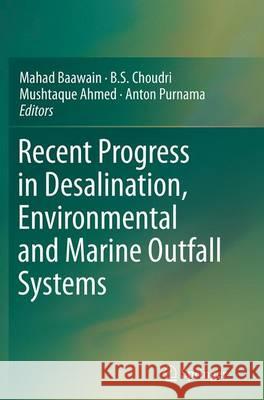Recent Progress in Desalination, Environmental and Marine Outfall Systems » książka
topmenu
Recent Progress in Desalination, Environmental and Marine Outfall Systems
ISBN-13: 9783319367750 / Angielski / Miękka / 2016 / 347 str.
Kategorie:
Kategorie BISAC:
Wydawca:
Springer
Język:
Angielski
ISBN-13:
9783319367750
Rok wydania:
2016
Wydanie:
Softcover Repri
Ilość stron:
347
Waga:
6.23 kg
Wymiary:
23.5 x 15.5
Oprawa:
Miękka
Wolumenów:
01











